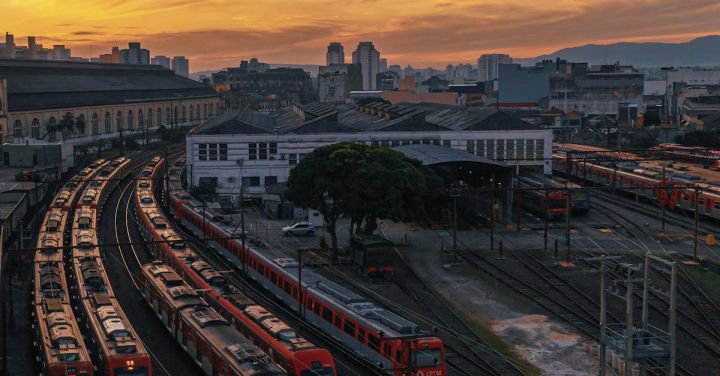The world is constantly in motion, and as our lives become busier and more fast-paced, the need for efficient transportation becomes increasingly important. High-speed trains have emerged as a solution to this demand, revolutionizing the way we travel and connecting people and places like never before.
High-speed trains, also known as bullet trains or high-speed rail, are a type of rail transport that operate at significantly faster speeds than traditional trains. They use advanced technologies and streamlined designs to achieve speeds of up to 350 kilometers per hour or more, offering a quick and comfortable alternative to air and road travel.
One of the key advantages of high-speed trains is their ability to cover long distances in a fraction of the time it would take by car or plane. For example, a journey that would typically take several hours by car can be completed in a matter of minutes by high-speed train. This not only saves valuable time but also reduces the stress and hassle associated with longer journeys.
In addition to speed, high-speed trains also offer a number of other benefits. They are more environmentally friendly than other modes of transport, emitting fewer greenhouse gases and consuming less energy per passenger. This makes them a greener choice for those concerned about their carbon footprint.
Furthermore, high-speed trains provide a more comfortable and enjoyable travel experience. With spacious seating, onboard amenities, and smooth rides, passengers can relax and make the most of their journey. Many high-speed trains also offer Wi-Fi connectivity, allowing travelers to stay connected and productive during their trip.
The impact of high-speed trains extends beyond individual travelers. They have the potential to transform entire regions by boosting economic development and connectivity. High-speed rail networks can create new job opportunities, attract tourism, and facilitate the movement of goods and services. They also help to alleviate congestion on roads and in airports, reducing the strain on existing infrastructure.
Countries around the world have recognized the benefits of high-speed trains and have invested heavily in their development. Japan, for example, introduced the first high-speed rail system, the Shinkansen, in 1964. Since then, high-speed rail networks have spread to countries such as China, France, Germany, and Spain, among others.
China is currently leading the way in high-speed rail, with the largest and most extensive network in the world. Its trains have become a symbol of national pride and technological prowess. The country’s high-speed rail system has not only transformed domestic travel but has also connected China with neighboring countries, promoting regional integration and trade.
In conclusion, high-speed trains have revolutionized the way we travel, offering a fast, comfortable, and sustainable alternative to other modes of transport. With their impressive speed, environmental benefits, and economic impact, they have become a vital component of modern transportation systems. As our need for speed and efficiency continues to grow, high-speed trains will play an increasingly important role in connecting people and places, both locally and globally.
